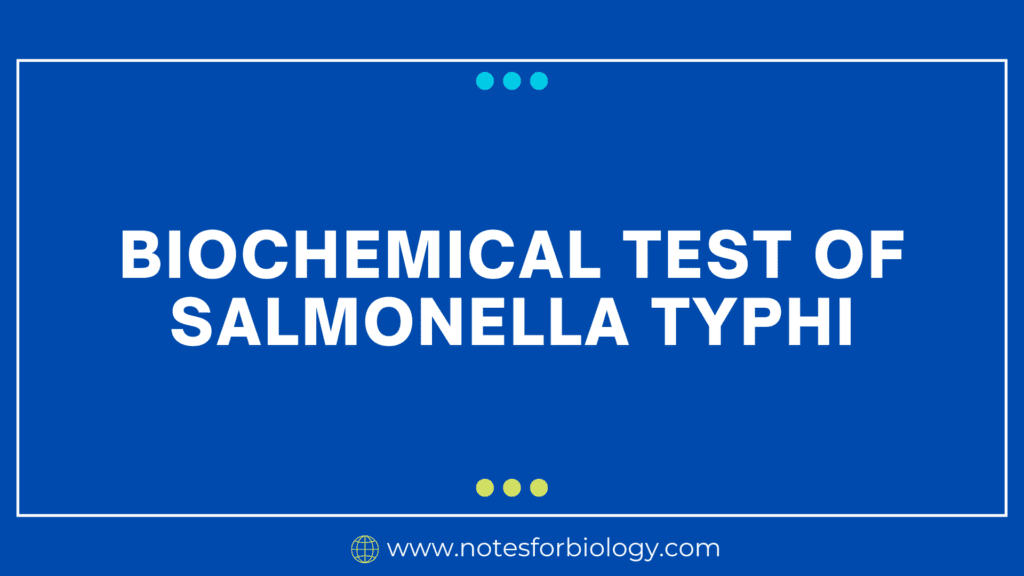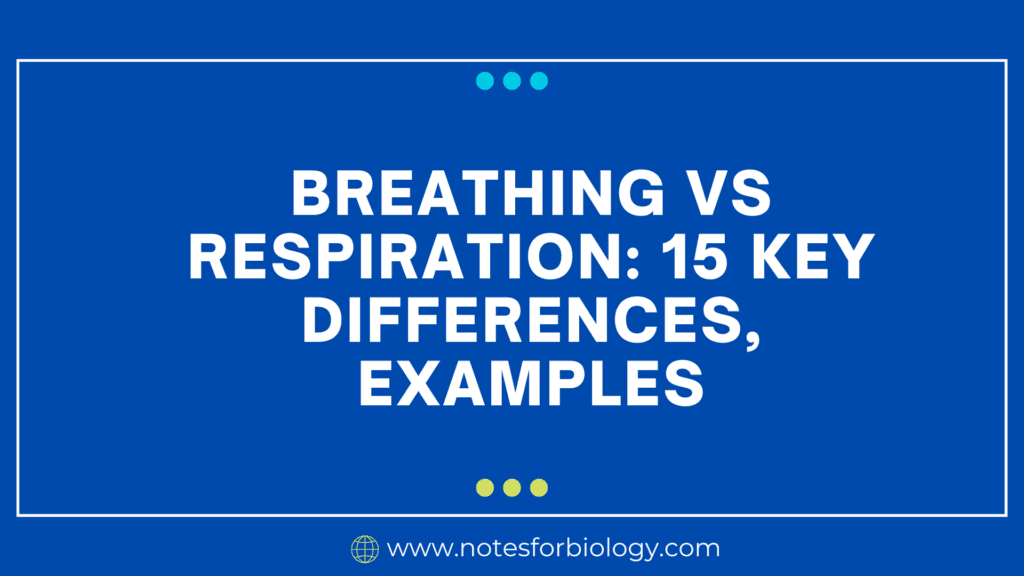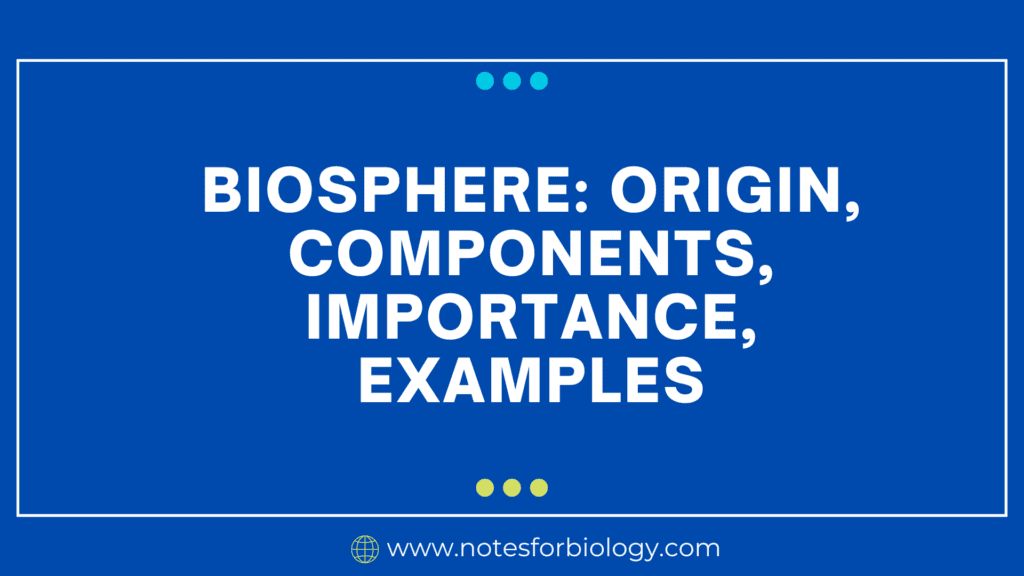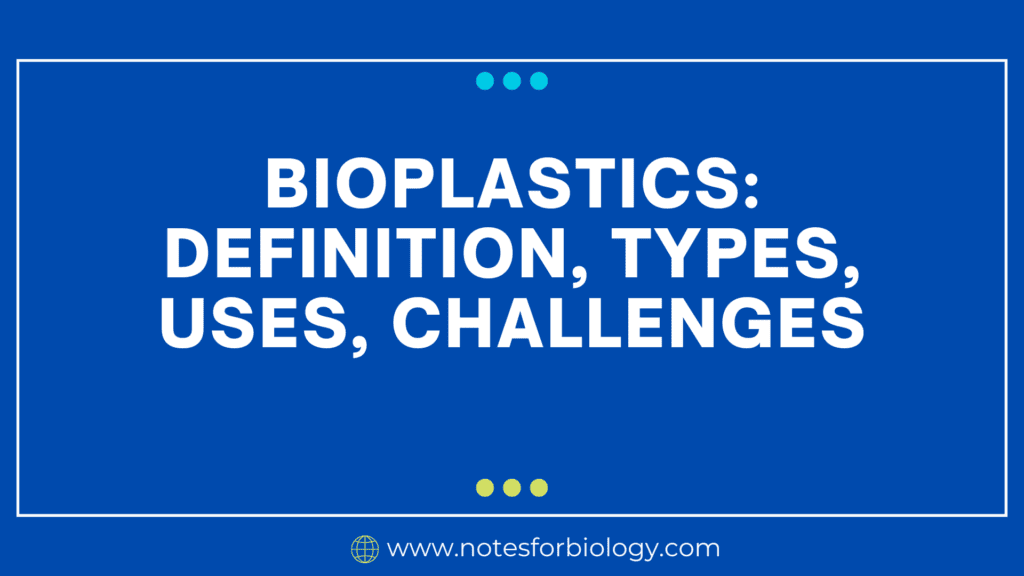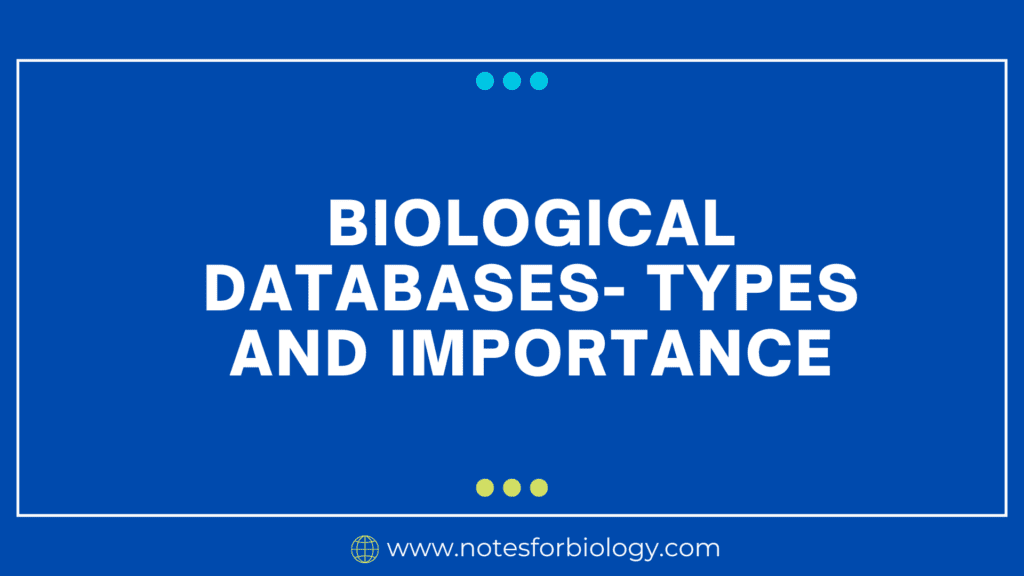Biochemical Test of Streptococcus pneumoniae
Biochemical tests for Streptococcus pneumoniae are laboratory procedures developed to analyze certain biochemical features of this bacterium, assisting in its identification and distinction from other microbes. What is Streptococcus pneumoniae? This often known as pneumococcus, is a Gram-positive bacterium commonly seen in the upper respiratory tract of humans. It is a major human pathogen responsible […]



